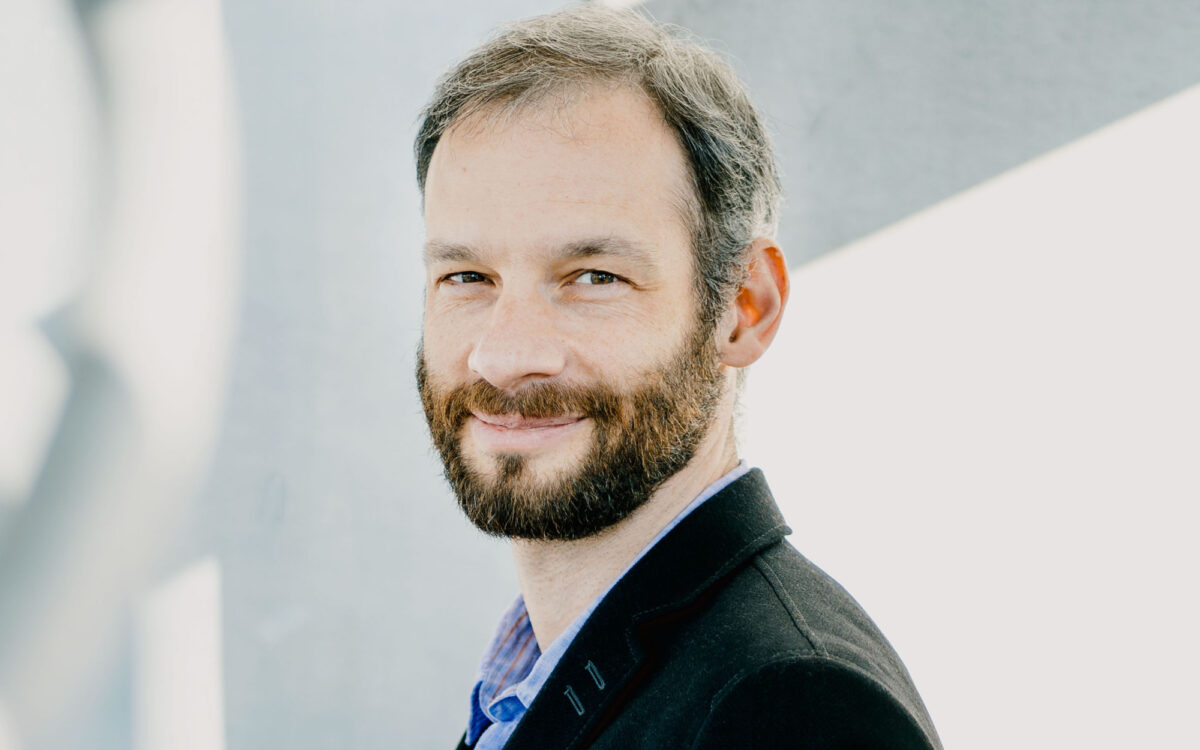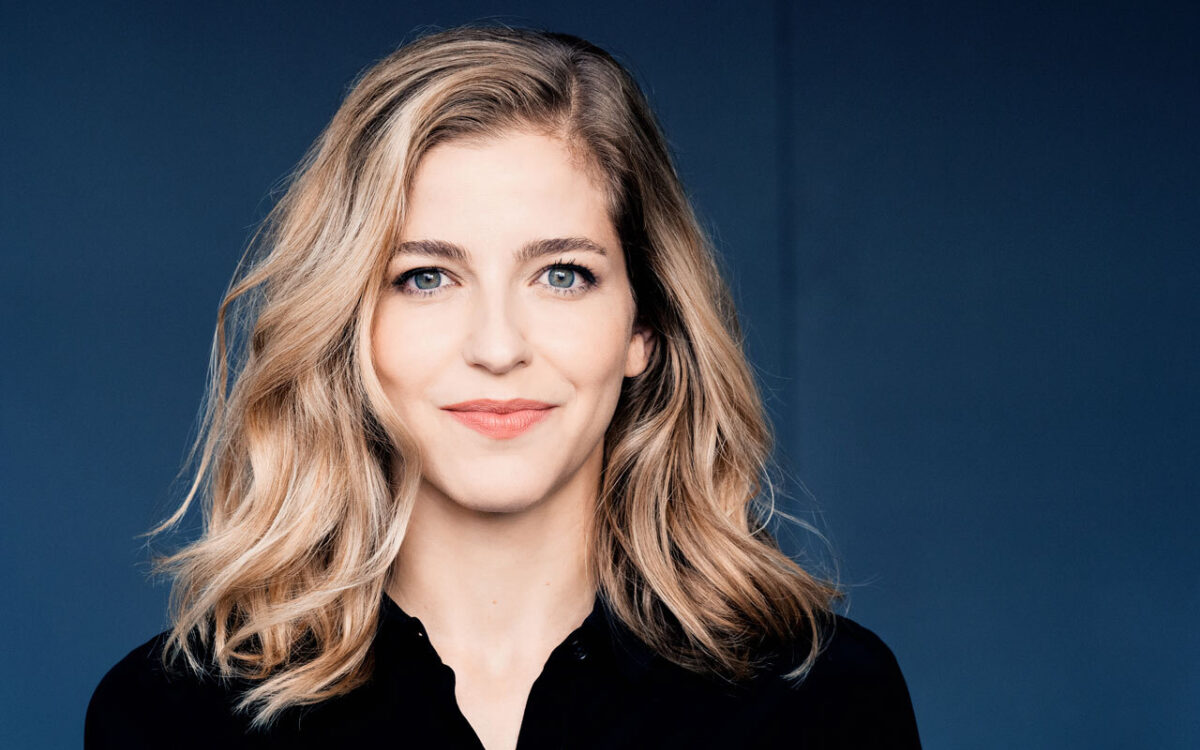Daphnis et Chloé, Suite No. 2
Composition and premiere: Ravel wrote his ballet score Daphnis et Chloé in 1910-11 for Serge Diaghilev’s Ballets Russes on a scenario by the choreographer Michel Fokine. The third part—called the Suite No. 2—was presented in concert on April 2, 1911, at the Théâtre du Châtelet, Paris, Gabriel PIerné conducting. The full ballet was first staged June 8, 1912, at the Théâtre du Châtelet by the Ballets Russes, Pierre Monteux conducting, Karl Muck led the first BSO performance of the Suite No. 2 on December 14, 1917; Serge Koussevitzky led the first Tanglewood performance on August 7, 1937. Dima Slobodeniouk led the most recent Tanglewood performance of the Suite No. 2 on July 29, 2023; the complete ballet score was played here most recently under Andris Nelsons on July 26, 2019. The Suite No. 2 is about 16 minutes long.
Ravel’s ballet Daphnis et Chloé is based on a Greek romance written in prose by a shadowy author known only as Longus. Typical Greek romances involve a potential love-relation that is thwarted by some obstacle—in this respect it is no different from modern popular fiction or television drama. The run-of-the-mill story often involved the carrying off of the maiden by a band of pirates and her rescue by the hero to reunite the couple at the predictable end where all obstacles are overcome. Daphnis et Chloé has some of these elements, to be sure, but its emphasis is on a psychological description of the passion that grows between Daphnis and Chloé, two foundlings raised by shepherds on the island of Lesbos, from the first naive and confused feelings of childhood to full sexual maturity.
The idea for the ballet was more or less thrust upon Ravel by the impresario Serge Diaghilev, whose chief choreographer Michel Fokine wanted to do a Greek ballet. Fokine created the scenario, delighted by the fact that “the whole meaning of the story can be expressed by the dance.” After Diaghilev’s company had made a sensational splash in Paris with brilliant mountings of existing pieces, he began to commission new works, seeking out the brightest composers on the scene in Paris and Russia. His long collaboration with Stravinsky was to be epoch-making, but he also commissioned and performed important scores by Debussy, Ravel, Falla, Satie, Prokofiev, and many others.
Ravel was commissioned to write Daphnis et Chloé, his largest and finest orchestral score, in 1909, though he required changes in Fokine’s scenario. Ravel worked on it during the spring of 1910 and completed a piano score by May. In 1911 he substantially reworked the finale and completed the scoring in that year. The production was postponed several times, and when it finally came to fruition, it was somewhat cast into the shade by the premiere of Nijinsky’s dancing of Debussy’s Prelude to The Afternoon of a Faun, regarded as scandalously erotic, just a week earlier.
The typical ballet of the late 19th and early 20th centuries was made up of isolated musical numbers whose character was determined by the kind of dance the choreographer wanted to create; this typically controlled the tempo, meter, and length of the music. Daphnis et Chloé, though, is an entirely different matter. The ballet as a whole is, according to the composer, “constructed symphonically on a very strict tonal plan, with a number of themes whose developments assure the homogeneity of the work.”
During the first part of the ballet, Daphnis and Chloé are introduced as an attractive pair of young lovers, or potential lovers, at any rate. But at the climax of the first scene, a horde of pirates attacks, seizing Chloé and carrying her away. The people invoke the god Pan, before whose statue they have been making sacrifices. A second scene, in the pirates’ seaside camp, shows how Pan assists in the recovery of Chloé by evoking his characteristic effect—panic—on the terrified pirates.
The Suite No. 2 encompasses the final scene of the ballet. In one of Ravel’s most brilliantly achieved strokes, dawn arrives unmistakably, with the singing of birds, the plashing of the waterfall, and the sun increasingly penetrating the mists. Shepherds arrive looking for Daphnis and Chloé; they find Daphnis and awaken him. He looks around for Chloé, and sees her arriving at last. They throw themselves into one another’s arms (climactic statement, “very expressive”).
The old shepherd Lammon explains to them that if Pan did indeed help them, it was in remembrance of his lost love for Syrinx. Daphnis and Chloé mime the story of Pan and Syrinx: Pan expresses his love for the nymph Syrinx, who, frightened, disappears in the reeds. In despair, Pan forms a flute out of a reed and plays upon it to commemorate his love. (During the ravishing flute solo, Chloé reappears and echoes, in her movements, the music of the flute.) The dance becomes more and more animated. At its climax, Chloé throws herself into Daphnis’ arms, and they solemnly exchange vows before the altar. A group of young girls dressed as bacchantes enters with tambourines. Now the celebration can begin in earnest, in the extended Danse générale, one of the most brilliant and exciting musical passages ever written.
STEVEN LEDBETTER
Steven Ledbetter, a freelance writer and lecturer on music, was program annotator of the Boston Symphony Orchestra from 1979 to 1998.


